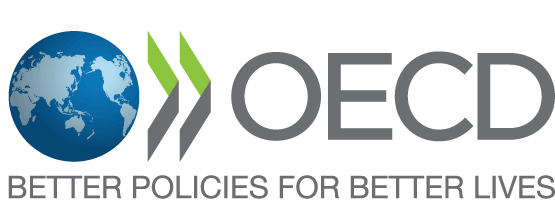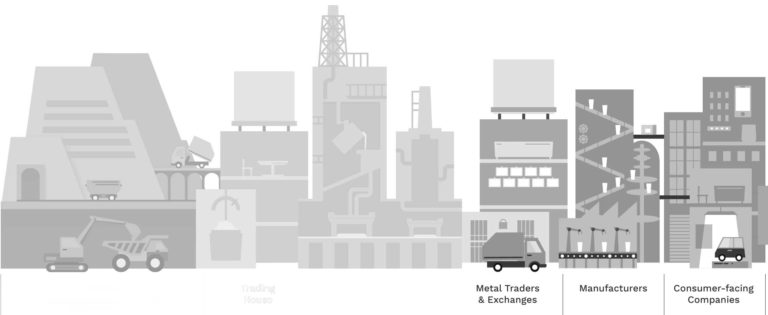Step 3 — Design and Implement a strategy to respond to Identified Risks
- Report identified supply chain risks (i.e. priority suppliers, identified smelters/refiners, assessment of smelter/refiners’ level of risk and corresponding due diligence actions, information gaps, information on chain of custody information, etc.) to senior management.
- Identify and track which suppliers who are responding to information requests, and those who are not. Follow up with suppliers, and escalate uncooperative suppliers to senior management.
- Disengage from suppliers associated with any smelters/refiners that may be contributing to conflict or the most serious human rights impacts as defined in Annex II of the OECD Guidance.
- Manage risks of support of public or private security forces, bribery, money laundering and non payment of taxes through measurable risk mitigation aiming to promote progressive performance improvement within reasonable timescale.
- Improve internal risk assessment systems over time by tracking implementation and risk mitigation measures.

